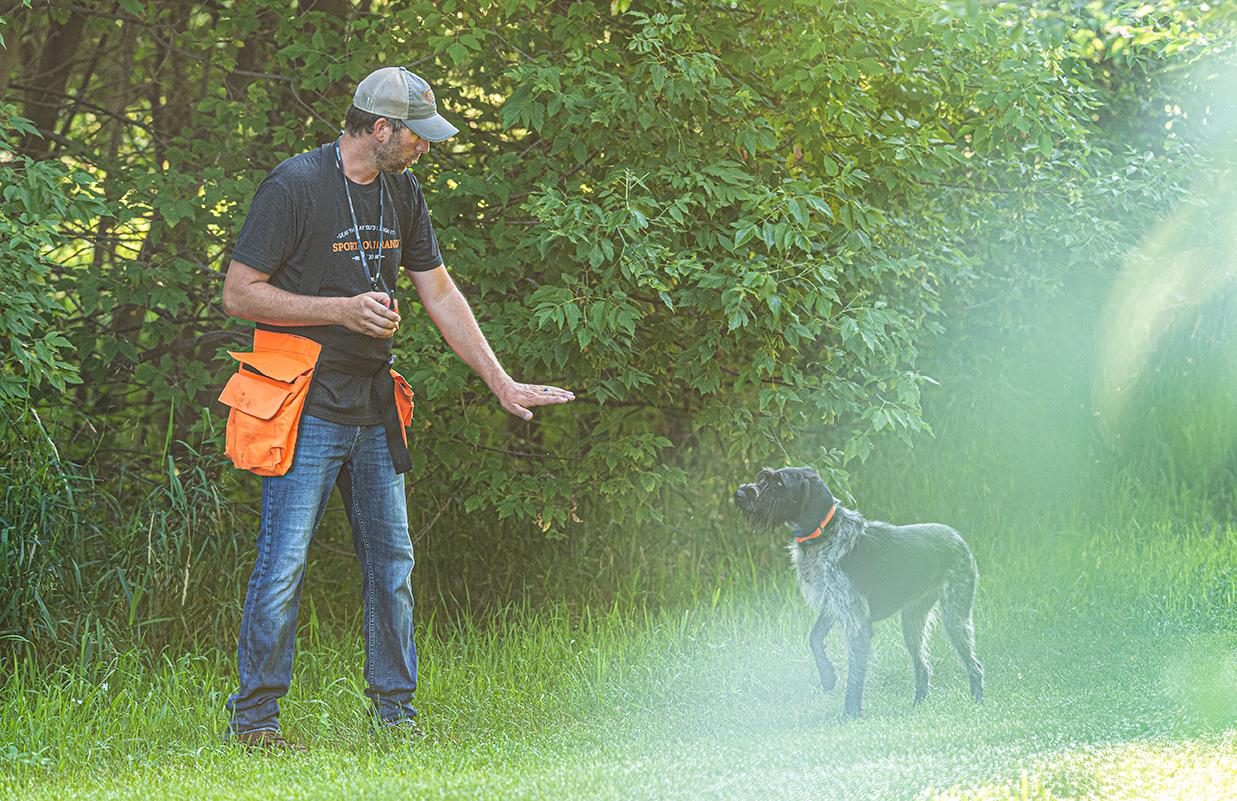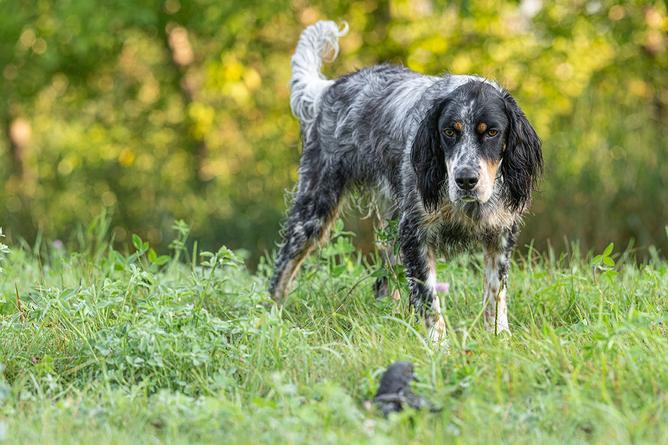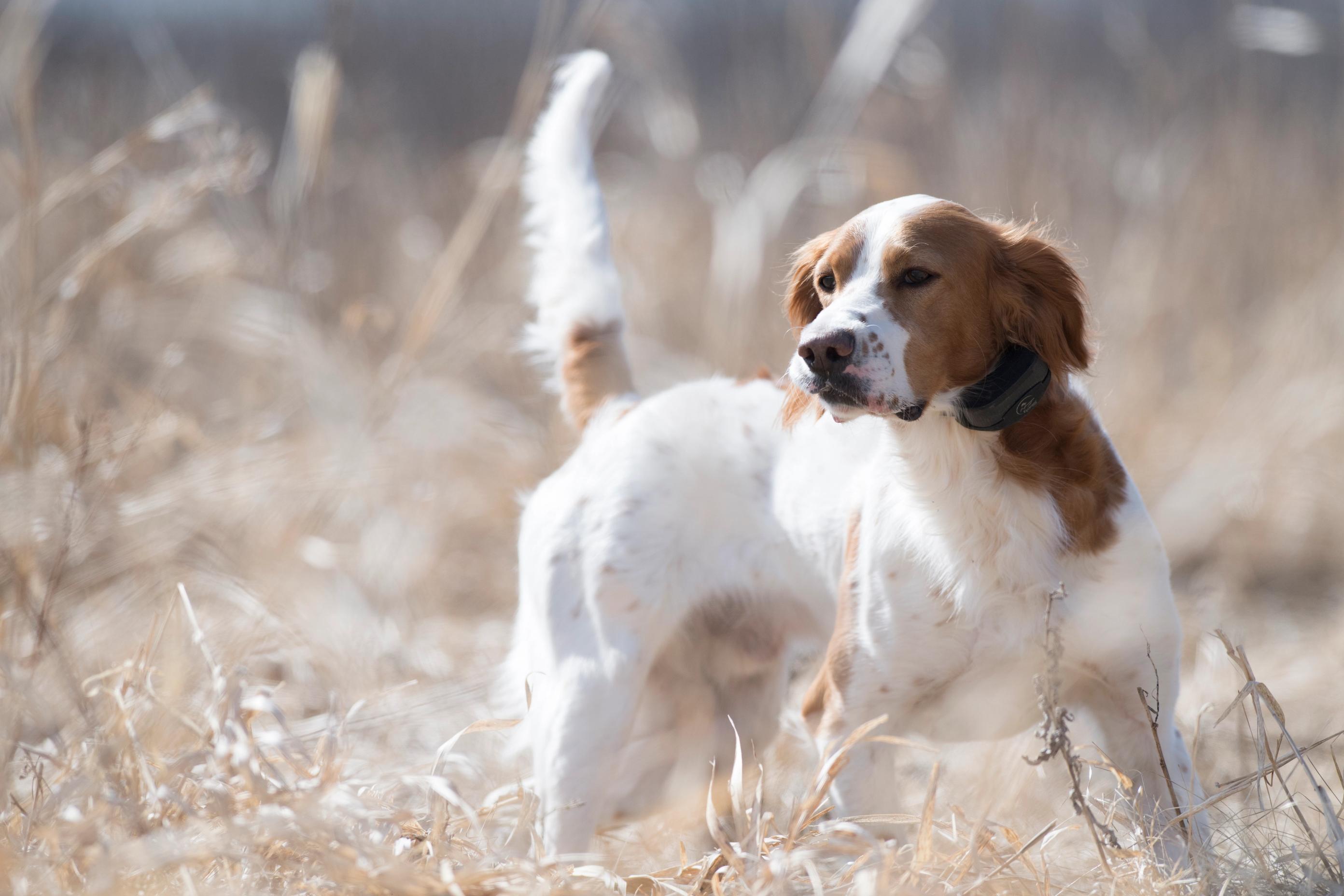
Training Pointing Dogs with Birds - Part 1
Posted by LTC Jim MorehouseWhen SportDOG® asked me to write training articles on some of the aspects of training pointing dogs to handle birds, it seemed like a pretty easy task. As a full-time trainer and quail guide in Arizona, pointing dogs and birds are my passion. However, as I started to write about my training methods, I quickly realized things were going to get a bit complicated. That’s because there are a lot of topics within that one category of “pointing dogs and birds”: Teaching “Whoa”; introducing young dogs to birds; how to deal with creeping; best way to handle running birds … and on and on. All of these thing are related, and it’s nearly impossible to talk about one topic exclusive of the others. Therefore, I’m going to give you an overview of some of the most important aspects in the training methods I use with the goal of getting my pointing dogs to hunt upland birds with maximum success.
No discussion about training a pointing dog can begin without an understanding of one absolute: It’s all about “Whoa.” If your dog isn’t compliant with this command, nothing else is going to fall perfectly into line for you. “Whoa” is a control device. People are surprised to hear me say that “Whoa” is not about birds. It’s not! “Whoa” means stop and stay until commanded to do differently. That’s it. It can be used to keep a dog from running out onto a highway. It could be used to keep him from approaching and getting aggressive with another dog. And, of course, “Whoa” is what we associate with a dog being on point. A properly trained dog, however, doesn’t need to hear “Whoa” to stop and hold point. His nose, instincts, and training take care of that.
When I’m teaching a dog to hold point, I begin with the dog on a lead. We work in a place with no other dogs, no distractions and, most importantly, no birds. I’ll walk with the dog at my side and let him get a foot or two in front of me. Then, I simply say “Whoa” and give a sharp tug on the lead. I keep pressure on the lead and walk around the dog. The first time, and possibly the first several times, the dog will want to turn with me, which is just his natural tendency. When that happens, I set him back where he was and repeat “Whoa.” I repeat the process until he understands he is not to move no matter where I walk or what I do.
The dog is also learning that the tug and “Whoa,” whether together or separately, both mean stop and don’t move. When your dog is reliably staying put via the tug, the word “Whoa” or both, you’ll soon be ready to move into working with birds.
The biggest mistake people make is trying to move on to the next steps before “Whoa” is perfect. It takes a solid foundation to build a pointing dog. If you don’t have a solid foundation, the walls are going to crumble and the roof is going to cave in. I’ve made the mistake of going too fast. I thought I had a good foundation and started on the walls, but then I found that the foundation wasn’t strong enough to support those walls and I had to go back and start over.
I’m not big on constantly giving commands during hunting. If you take care of your “Whoa” foundation and then properly tie it into the live-bird exercises that I’ll be covering in future articles, you’ll find that you don’t need to talk to your dog in the field much at all. Other than a command to get a dog to turn or possibly giving a dog a “Whoa” to keep it from barreling into another dog that it can’t see, there’s no reason to be talking all the time. Nor should you be yelling and screaming. It’s just not productive. If you find yourself doing these things, you probably didn’t build a good foundation.
In my next article I’m going to explain the methods I use to introduce young pointing dogs to birds, and future articles will explain how these steps all tie together.

LTC Jim Morehouse
Tuscon, AZ
Raised in the Finger Lakes area of New York State, Jim was involved in hunting and birddogs from an early age. Upon graduation from college, he joined the US Army in 1967. He served until 1989, retiring at the rank of Lieutenant Colonel. After his retirement, Jim and his wife...
Related Articles

Training Pointing Dogs with Birds - Part 2
by LTC Jim Morehouse
In Part One of this series I explained why “Whoa” is the most important command in pointing dog training. Now I’ll explain the next step I take toward tying “Whoa” and live birds together. I want to give my young dogs plenty of experience with finding live birds. One, it’s fun....

Training Pointing Dogs with Birds - Part 3
by LTC Jim Morehouse
In Part Two of this series I outlined my method for tying in the “Whoa” command with live birds. Now it’s time to get into the some more advanced live-bird work. Everything I’m explaining here still involves using a 15-foot lead or check cord. I don’t introduce the electronic collar...

Training Pointing Dogs with Birds - Part 4
by LTC Jim Morehouse
In Part Three of this series I explained how to work on more advanced steadiness exercises using live birds. Now I’m going to finish by giving you my thoughts on how to deal with running birds. I’ve mentioned that when you start using live birds, you always try to work your...

Teaching Your Dog the Whoa Command - Video
by The SportDOG Staff
SportDOG Basic Training DVD Chapter 5: SportDOG Brand Senior Pro Staffer Tom Dokken walks you through teaching your pointing dog the "Whoa" command. This is equivalent to "stay" for most hunting dogs, but will tell your pointing dog to stay on point and not assume the standing position. Tom will...
